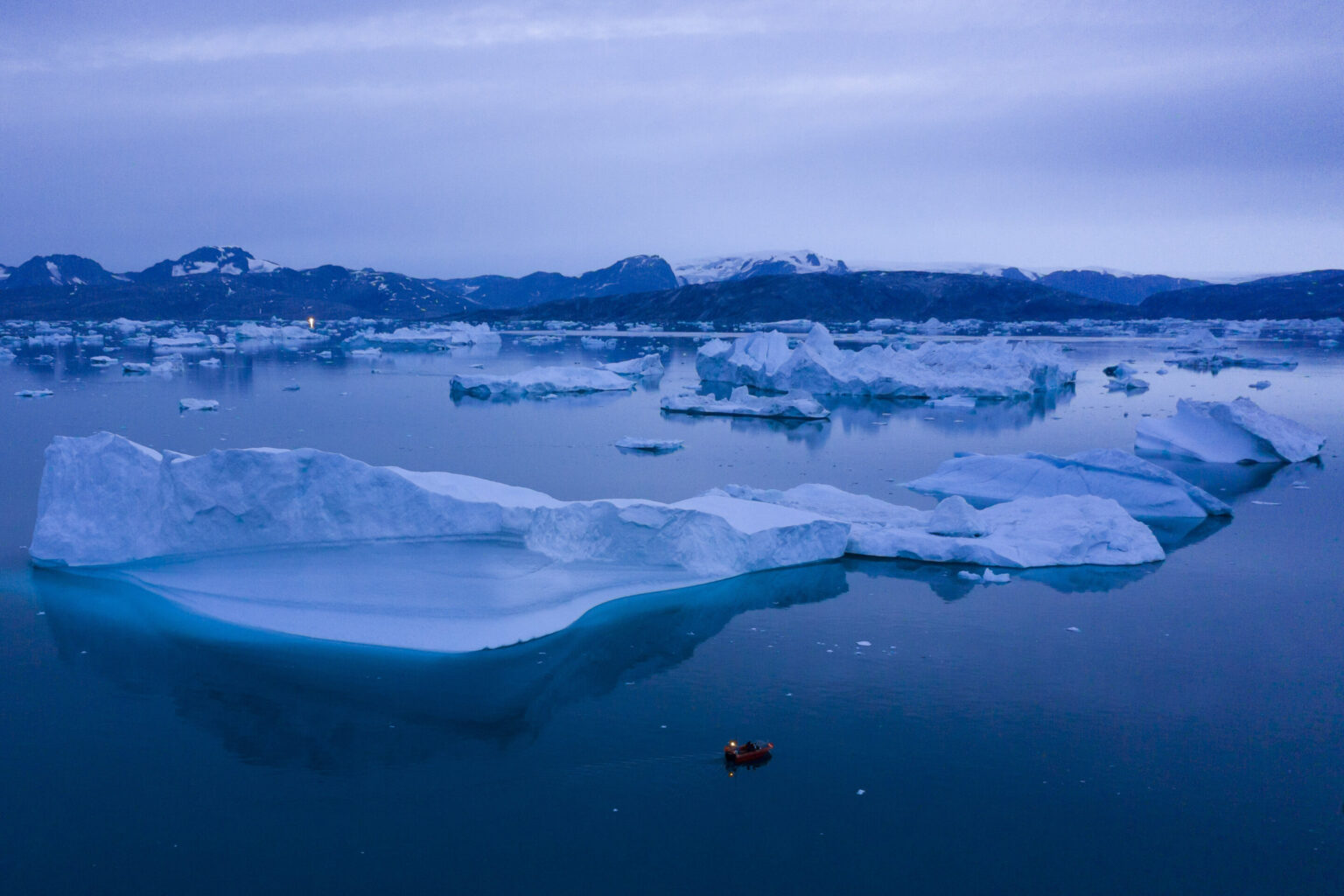Based on satellite data, scientists were able to conduct an extensive study of the state of ice at the poles. It turns out that in the last few years it has been melting much faster than in the 1990s, even at the beginning of the last decade.

Disappointing satellite data
Recently, an international group of scientists published a study of the state of ice in Greenland and Antarctica. It was based on more than 50 satellite estimates received from 17 orbital missions. They were processed by 65 scientists working under NASA and ESA programs.
“The new figures “are pretty disastrous really,” said study co-author Ruth Mottram, a climatologist at the Danish Meteorological Institute, “We’re losing more and more ice from Greenland.” However, the changes concern not only the largest island on Earth.
Lead author of the study Ines Otosaka, a glaciologist at the University of Leeds in the United Kingdom, said that the accelerated loss of ice cover was clearly caused by climate change caused by human activity.
Greenland is melting the fastest
99 percent of the world’s freshwater ice reserves are concentrated in Greenland and Antarctica. From 1992 to 1996, they were annually reduced by 105 billion tons. At the same time, two-thirds of the losses occurred in Antarctica.
From 2017 to 2020, annual losses were already 372 billion tons. And two-thirds of them are already in Greenland. That is, over the specified period of time, ice losses not only tripled. The place where they pass has also changed. At the same time, the acceleration is felt even compared to the beginning of the 2010s. Compared to that time, the ice is now melting by 20 percent more.
Satellite data on ocean level rise
The acceleration of ice melting can lead to a rapid increase in the level of the world’s oceans. So far, because of its huge size, we have not felt it. All the melted ice since 1992 has increased it by only 21 mm.
However, scientists warn that acceleration can lead to the fact that the water level will rise faster and faster. The study showed that since 1992, the Earth has lost 7.6 trillion tons of ice from two ice sheets. This is enough to cover the entire United States with a 90 cm layer of water or flood France by almost 15 meters.
Antarctica is preparing an unpleasant surprise
Scientists note that the current situation in Antarctica is not so critical. From 2017 to 2020, it lost about 115 billion tons of ice per year. This is 23 percent less than at the beginning of the decade, but it is still 64 percent more than in the early 90s.
This deceleration is due to local weather conditions on the icy continent, but it cannot last forever. Antarctica can still provide us with unpleasant surprises. For example, the Thwaites glacier can collapse and melt in a matter of years and then the sea level will rise very much.
The rise of water by several tens of centimeters may seem insignificant. However, in fact, tens of millions of people live in territories with almost zero altitude relative to sea level. And such changes mean relocation and catastrophic economic losses for them.
According to phys.org
Follow us on Twitter to get the most interesting space news in time
https://twitter.com/ust_magazine

